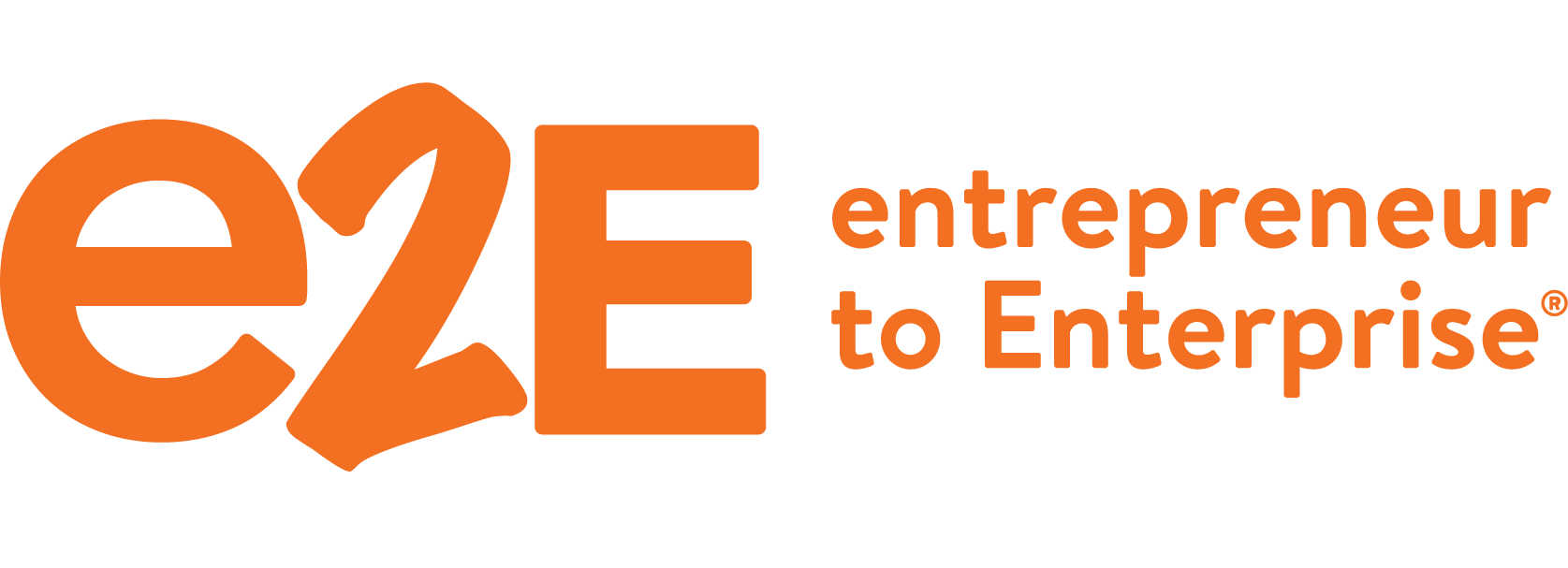For small businesses and nonprofits alike, managing cash flow can often feel like solving a puzzle blindfolded. Between vendor bills, payroll runs, and donation or sales cycles that never seem to align neatly, cash management isn’t just about having money—it’s about knowing where that money is, where it’s going, and how quickly it’s moving.
According to Kenna Valentine, Finance Practice Leader & Chief Client Success Officer at e2E, automation isn’t a luxury anymore—it’s a lifeline.
“Many of the organizations we work with come to us paper-driven,” she says. “Invoices are emailed and printed, checks are handwritten, and bookkeeping relies heavily on human entry. It’s not sustainable—and it’s certainly not scalable.”
Here’s how automation is changing the game.
Billing, Payment Processing, and Invoicing—Done Smarter
Automation begins with the basics. Tools like Ramp, Gusto, and Aplos offer functionality that streamlines the tedious, error-prone processes that slow teams down.
- Vendor invoices can be emailed and scanned directly into accounting systems, with OCR (optical character recognition) reading amounts, dates, and vendor details.
- ACH approvals are triggered through customized workflows, removing bottlenecks and preventing payment delays.
- Virtual credit cards allow organizations to assign spend limits and auto-categorize expenses, while also reducing fraud risk when staff or vendors change.
All of this adds up to faster processing, fewer mistakes, and more clarity at month-end.
“We’ve eliminated hours of manual work for clients just by implementing systems that sync automatically,” Kenna shares. “One invoice can now move from email to approval to payment without a single spreadsheet.”
Real-Time Cash Flow Visibility
One of the biggest challenges small organizations face is lagging financial data. By the time reports are pulled and reconciled, it may already be too late to make a timely decision. That’s where automation makes a measurable impact.
With integrations between payroll, accounts payable, receivables, and general ledger software, leaders can see a real-time dashboard of their cash position. No waiting for the bookkeeper. No second-guessing if that check cleared.
e2E helps clients integrate tools that do the heavy lifting behind the scenes, including:
- Bookkeeping platforms that sync with payment processors
- Payroll tools that automatically allocate benefits and taxes
- Forecasting modules that model cash flow 30, 60, and 90 days out
“We love spreadsheets too,” Kenna laughs, “but we use them differently now. Automation feeds data into templates that help us budget and forecast in ways that are faster and more accurate than ever before.”
Automation Reduces Risk—and Stress
Manual systems create risk: risk of double payments, missed invoices, compliance issues, or human error. Automation doesn’t just make things faster; it makes them safer.
- Audit trails become easier to follow when systems log approvals and changes.
- Grant reporting for nonprofits is more transparent and easier to export.
- Internal controls are strengthened without additional staff, because automation requires standardized steps.
In short, automation reduces friction—and when it comes to cash flow, even a little friction can mean the difference between calm and crisis
It’s All About Integration
One of the most common questions e2E hears from clients is: “Which tool should we use?” But the better question is: “Which tools work together for us?”
“You don’t need the most expensive or most complex system,” Kenna emphasizes. “You need the right system for your size, your workflow, and your team.”
For some, that’s a simple stack of QuickBooks Online, Gusto, and Ramp. For others, especially nonprofits tracking restricted funds and reporting to boards, a system like Aplos—designed specifically for nonprofit accounting—makes more sense.
The e2E team often acts as a project manager for system selection and implementation, helping clients:
- Define what they actually need
- Explore demos
- Compare pricing and functionality
- Ensure the team is trained and ready to adopt
Because, as Kenna puts it, “The best software in the world won’t help if no one knows how to use it.”
Proactive Planning, Powered by Technology
Automation doesn’t eliminate the need for financial strategy—it amplifies it. When your data is current and your processes are streamlined, your leadership team can shift from reactive to proactive. That might mean:
- Modeling growth scenarios
- Planning hires with confidence
- Adjusting fundraising efforts based on expense timing
“Automation gives our clients control,” Kenna says. “And when you have control, you can lead—not just react.”
Let’s Future-Proof Your Finances
At e2E, we believe automation isn’t about replacing people—it’s about freeing up your people to do what they do best: lead, serve, and grow. Whether you’re a founder juggling roles, or a nonprofit executive trying to make your next grant stretch, automation can give you time, visibility, and peace of mind.
We’re here to help you build the right systems for the real work ahead. Ready to take control of your cash flow? Visit e2ekc.com to connect.
